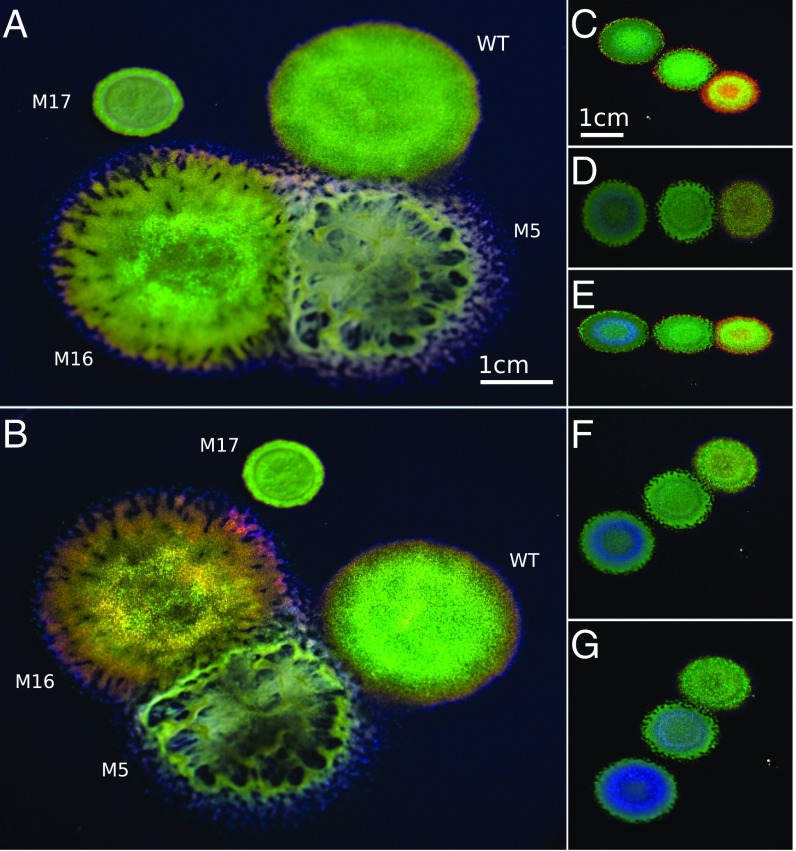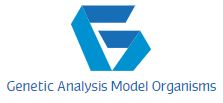Naturally occurring photonic constructions are accountable for the sensible and vivid coloration in a wide array of dwelling organisms. Despite efforts to know their natural options, progress, and complex optical response, little is assumed of the underlying genes involved in the occasion of these nanostructures in any space of life.
Here, we used Flavobacterium colonies as a model system to exhibit that genes accountable for gliding motility, cell kind, the stringent response, and tRNA modification contribute to the optical look of the colony.
By structural and optical analysis, we obtained an in depth correlation of how genetic modifications alter structural color in bacterial colonies. Understanding of genotype and phenotype relations in this system opens the way in which in which to genetic engineering of on-demand dwelling optical provides, for use as paints and dwelling sensors.

The Drosophila light-activated TRP and TRPL channels – Targets of the phosphoinositide signaling cascade.
The Drosophila light-activated Transient Receptor Potential (TRP) channel is the founding member of a giant and quite a few family of channel proteins. It is now established that TRP channels are evolutionarily conserved and are found in many organisms and tissues. This analysis outlines the progress made in our understanding of Drosophila phototransduction with a consider the sunshine delicate TRP channels.
The seen system of Drosophila has distinctive capabilities, resembling single photon sensitivity, low darkish noise, broad dynamic fluctuate of responses to altering ambient delicate intensities and an unusually big choice of frequency responses to modulated lights. These capabilities are obtained by a novel cell building known as rhabdomere, which contains ∼40,000 microvilli, harboring an aesthetic molecular gear performing phototransduction.
The phototransduction cascade was discovered primarily by means of the use of the facility of Drosophila molecular genetics and the ability to generate mutations in almost every gene of the cascade.
This allowed an in depth purposeful analysis and mechanistic description of the phototransduction cascade. Drosophila phototransduction has been a model system, instrumental for locating out phosphoinositide signaling and its participation in TRP channel activation.
Accordingly, the phosphoinositide signaling cascade prompts the TRP/TRPL channels by approach of Gq-protein-mediated PLCβ, whereas the gating mechanism of the channels following PLC activation continues to be under debate.
Detailed analysis of the one photon response (quantum bump) and the spontaneous darkish bump has given important devices to investigate essential choices of channel activation and regulation along with: synchronization in channel train, the existence of a Ca2+ regulated threshold of channel activation, optimistic and unfavourable options and refractory interval in bump period. We anticipate that analysis in Drosophila photoreceptors will proceed clarify mechanisms that operate in mammalian TRP channels.
